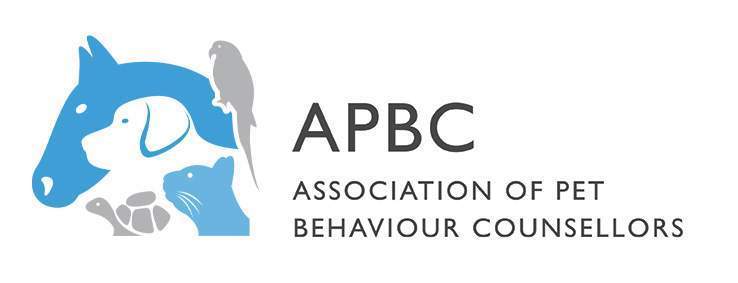The information below lays out the differences between the two behaviourist roles of Animal Behaviour Technician and Clinical Animal Behaviourist. Use this information to become clear on which role is right for you, so we can support you on your pathway to become a Full member of the APBC.
Animal Behaviour Technician (ABT)
The ABT role is right for you if;
- You want to provide preventative advice to owners, handlers and/or co-professionals to protect against the development of problem behaviours
- You want to provide behavioural first-aid advice to owners/handlers (to prevent the problem from worsening) prior to referral to a suitably qualified practitioner
- You want to implement behaviour modification plans developed by a Clinical Animal Behaviourist (CAB) or Veterinary Behaviourist (VB)
Some examples of this role in practice might include;
- A veterinary nurse running puppy parties offering advice to owners to protect against the development of problem behaviours.
- A practitioner working in a rescue setting providing behavioural first aid to owners of a newly adopted dog before referring to a local Clinical Animal Behaviourist (CAB/VB).
- A practitioner working in private practice implementing a behaviour modification plan in conjunction with a Clinical Animal Behaviourist/Veterinary Behaviourist, following assessment/evaluation by that same CAB/VB.
For a more detailed overview of the Animal Behaviour Technician role please refer to the Animal Behaviour and Training Council (ABTC) ABT Standard.
Clinical Animal Behaviourist (CAB)
The CAB role is right for you if;
- You have an extensive understanding of clinical animal behaviour and the related scientific/clinical literature.
- You want to assess and evaluate the behaviour of animals demonstrating all types of undesirable, inappropriate, problematic or dangerous behaviour
- You want to develop effective behaviour modification plans for owners, handlers or co-professionals caring for the animal.
Some examples of this role in practice might include;
- A practitioner in private practice assesses, evaluates, develops and implements a behaviour modification plan.
- A practitioner in private practice assesses, evaluates and develops a behaviour modification plan before referring to a local Animal Behaviour Technician (ABT) to implement the plan.
For a more detailed overview of the Clinical Animal Behaviourist role please refer to the Animal Behaviour and Training Council (ABTC) CAB Standard.
Still not sure which behaviourist role is right for you? Please email us at info@apbc.org.uk
Once you are clear which behaviourist role is right for you, it is time decide which type of membership is most appropriate for you. Please click here to choose the membership type that is right for you.

